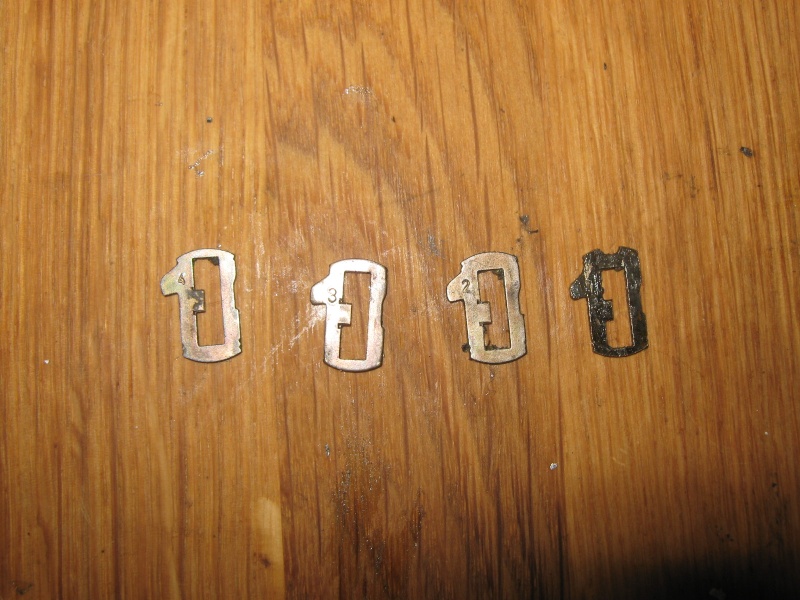Tips on using the Lishi 2 in 1 Picks
Hello all,
Not much time in my hands lately but I was asked by a few friends to share some tips on picking and decoding the HU 101 Ford lock. This lock is harder to pick since it has 10 wafers and 5 different heights and would easily go in a false setting.
However ,I found that there is a way to pick them faster and it is working for me.
Here is a video on the Ford lock
I was also very impressed with the NE72 (Peugeot/Renault)pick and made a short video
A word of a warning if I may , apparently there are fake Lishi picks in the available in the market now and I had a play with one on a Merc HU64, the fake pick did open the lock but is giving the wrong code since the needle is a bit off-balanced and shorter.
Till next time,
Raf
Using Depth & Space Keys -Part One
Here is a quick look on how to use depth and space keys in order to make keys, I will demonstrate them on VAG keys because they don’t have codes on them and usually they are not that difficult to decode.

VAG group locks has 8 wafers with 4 different heights that are 1 2 3 4 , those keys are used on VW Skoda Audi Seat & Porsche
The number 1 wafer (first to the right) is from a newer lock that has traps inside,when using the VW decoder it will not reveal the true code of that wafer and a software is needed to find it out. Lishi 2 in 1 pick has no problem with this lock.
First thing to know and remember is that there is never a jump from wafer 4 to wafer 1 so wafer 4 can only be followed by 2 or 3 and it’s the same for wafer number 1. The lock will never work properly with this combination.

The D &S keys are 4 keys that are cut to each position and they are double-sided.
This is key No. 1 with four wafers on it ,only the first wafer is at the sheer line.

And this is key No.4

The VAG locks spacing is one up one down and usually found in cars from 1998 to 2002,the other models are two up two down
This is the old type lock

So for a locksmith that has a cut to code machines, making those keys shouldn’t be a problem and even if one or two of the codes are not certain ,you can always cut them deeper, but if you don’t have those machines you would have to use those S&D keys on a dimple laser cutting machine.
So there are two main options ,one is dismantle the lock and the other is to decode it. (see my other sections on how they are decoded ).
If the lock is in your hand ,on the older types of locks you would get numbers on each wafer that will tell you what they are, if not you insert the S&D keys to determine the code.
Here is key No.1 inside the locks and it reveals that wafer No.1 is not in the lock. If you look closely you can see how the tolerance is not so good with wafers No.1 &2 ,even though the wafer is not correct it is still in the sheer line.

Key No. 2

Here is the third key

So basically now the fourth key is not needed as No.4 is all that left

So now that the code is known we can cut this key on the cutting machine ,another good use of the S&D keys is to copy keys to code.
This is a key that we need to know its code

The is key No. 1 and it reveals the positions No. 3 4 5 are number 1 wafers
The second key reveals that positions 1 &2 are wafers number 2

And the third key tells us the positions number 6 7 & 8 are wafers number 3

So now we know that the code for this key is 2 2 1 1 1 3 3 3
To be continued…

